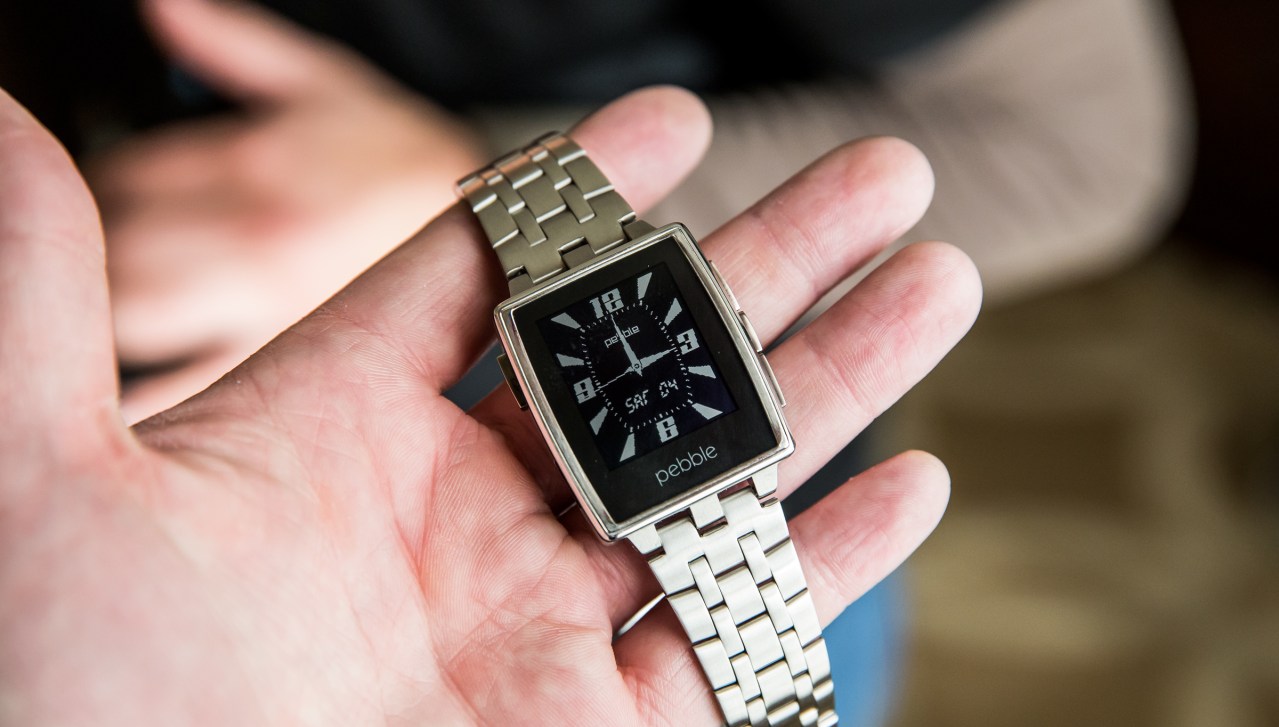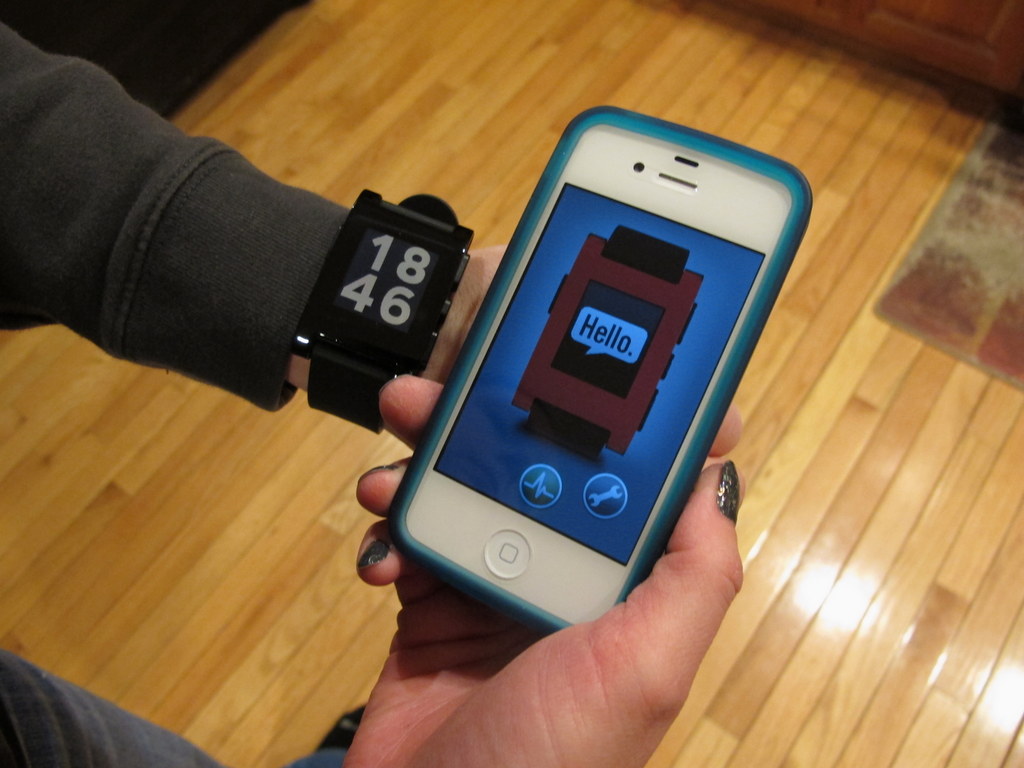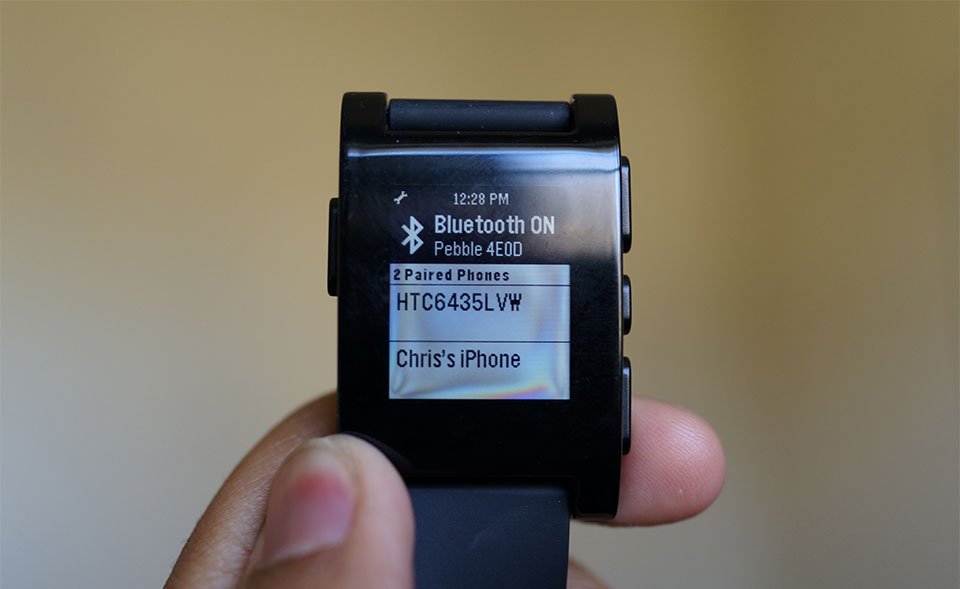It truly is telling the latest pair of updates to Apple's iMac all-in-one desktop just weren't announced at one of several company's regular stage displays. Instead, the newest iMac slipped quietly directly into Apple's Web site, the media announced through an understated pr release posted early the next day.
That's for the reason that updates tend to be internal, putting brand new hardware inside an iMac body that received a serious makeover within 2012. Through the outside, here is the same slender screen sitting in addition to an lightweight aluminum stand and minimalist bottom. The design and style was controversial recently, with the actual iMac's razor-thin border and full center making an optical illusion the entire technique was while slim as a possible iPad. We're not quite there still, but also in the second calendar year, the iMac's design and style still thinks modern, and unlike whatever else in the marketplace.
Inside, you'll find exactly the kind of revisions one could expect from the quiet components update. Intel's latest fourth-generation Center i-series processors usually are here, also known through the code branded Haswell. In our tests using other Haswell devices, we've discovered modestly improved upon performance and greatly improved upon battery life, although this latter is not going to matter below.
The actual built-in Wi-Fi have been updated towards the new 802. 11ac common, which gives faster info speeds when attached to a works 802. 11ac router. These two upgrades earlier found his or her way in Apple's MacBook Fresh air laptops back in June 2013.
The SSD internal storage options are now connected via PCIe, which the company says increases drive performance if you order an iMac with either SSD storage or a fusion drive with both SSD and HDD components.
Considered together, these updates will not radically transform the iMac experience. But they will do carry an previously excellent computer's desktop and help it become very up-to-date for your holiday year and outside of, and at this time, it's hard to recommend any midprice or higher computer that does not have Intel's Haswell processors.
One final note for those about to invest in a new iMac: Apple's next operating system upgrade, named OS X Mavericks, is expected sometime in the next several weeks. That leaves early adopters wondering if the update will be free for everyone, if they'll get a free upgrade while other Mac owners have to pay for the update, or if they'll be stuck paying $20 or so for Mavericks so soon after buying their new iMacs.
| Apple iMac (27-inch, September 2013) | Dell XPS 27 | MacBook Air 13-inch (June 2013) | Apple iMac (27-inch,November 2012) | |
|---|---|---|---|---|
| Price | $2,199 | $2,099 | $1,099 | $2,599 |
| Display size/resolution | 27-inch, 2560x1,440 screen | 27-inch, 2,560x1,440 touch screen | 13.3-inch, 1,440x900 screen | 27-inch, 2560x1,440 screen |
| PC CPU | 3.4GHz Intel Core i5 4670 | 3.1GHz Intel Core i7-4770S | 1.3GHz Intel Core i5 4250U | 3.4GHz Intel Core i7 3770 |
| PC Memory | 8GB DDR3 SDRAM 1600MHz | 8GB 1,600MHZ DDR3 SDRAM | 4GB DDR3 SDRAM 1600MHz | 8GB DDR3 SDRAM 1600MHz |
| Graphics | 2GB Nvidia GeForce GTX 775M | 2GB Nvidia GeForce GT750M | 1,024MB Intel HD Graphics5000 | 2GB Nvidia GeForce GTX 680M |
| Storage | 128GB SSD 1TB hybrid hard drive | 2TB, 7,200 rpm hard drive | 128GB SSD hard drive | 128GB SSD 1TB hybrid hard drive |
| Optical drive | None | Blu-Ray/DVD/DVD RW combo | None | None |
| Networking | 802.11a/c wireless, Bluetooth 4.0 | Gigabit Ethernet, 802.11b/g/n wireless, Bluetooth 4.0 | 802.11a/c wireless, Bluetooth 4.0 | 802.11n wireless, Bluetooth 4.0 |
| Operating system | OSX Mountain Lion 10.8.5 | Windows 8 (64-bit) | OSX Mountain Lion 10.8.4 | OSX Mountain Lion 10.8 |
Design and features
The current iMac design blew a lot of minds when first unveiled by Apple in October 2012. The artful photography and clever angles made the system look completely flat, although once you got to see it in person, you could see that the rear panel curves out in the center. So, no, it's not as paper-thin as one might think at first glance, but there's still a notable lack of bulk for a high-powered 27-inch all-in-one. (Note, for example, the thick slablike design of the Dell XPS 27, probably this system's closest competitor.)

The screen on the 27-inch iMac, though not a matte display, is less reflective than most, a change that started with the 2012 version. Apple's displays are always bright, clear, and consistent, which makes me wish there was a way to use the display for other devices, a feature some Windows all-on-one PCs offer via an extra HDMI input port.
| Apple iMac (27-inch, September 2013) | |
|---|---|
| Video | Mini DisplayPort (x2) |
| Audio | Stereo speakers, combo headphone/microphone jack |
| Data | 4 USB 3.0, SD card reader |
| Networking | Ethernet, 802.11ac Wi-Fi, Bluetooth |
| Optical drive | None |
System configurations
Apple iMac (27-inch, September 2013)
Apple OS X Mountain Lion 10.8.5; 3.4GHz Intel Core i5-4670; 8GB 1,600MHz DDR3 SDRAM; 2GB Nvidia GeForce GTX 775M graphics card; 1TB 7,200rpm hard drive, 128GB solid-state hard drive
Apple OS X Mountain Lion 10.8.5; 3.4GHz Intel Core i5-4670; 8GB 1,600MHz DDR3 SDRAM; 2GB Nvidia GeForce GTX 775M graphics card; 1TB 7,200rpm hard drive, 128GB solid-state hard drive
Apple iMac (27-inch, November 2012)
Apple OS X Mountain Lion 10.8; 3.4GHz Intel Core i7-3770; 8GB 1,600MHz DDR3 SDRAM; 2GB Nvidia GeForce GTX 680M graphics card; 1TB 7,200rpm hard drive, 128GB solid-state hard drive
Apple OS X Mountain Lion 10.8; 3.4GHz Intel Core i7-3770; 8GB 1,600MHz DDR3 SDRAM; 2GB Nvidia GeForce GTX 680M graphics card; 1TB 7,200rpm hard drive, 128GB solid-state hard drive
Dell XPS 27
Windows 8 (64-bit) 3.1GHz Intel Core i7 4770S; 8GB 1,600MHz DDR3 SDRAM; 2GB Nvidia GeForce GT750M graphics card; 2TB 7,200rpm hard drive
Windows 8 (64-bit) 3.1GHz Intel Core i7 4770S; 8GB 1,600MHz DDR3 SDRAM; 2GB Nvidia GeForce GT750M graphics card; 2TB 7,200rpm hard drive
MacBook Air 13-inch (June 2013)
OSX 10.8.4 Mountain Lion; 1.3GHz Intel Core i5 4240U; 4GB DDR3 SDRAM 1,600MHz; 1024MB (Shared) Intel HD Graphics 4000; 128GB Apple SSD
OSX 10.8.4 Mountain Lion; 1.3GHz Intel Core i5 4240U; 4GB DDR3 SDRAM 1,600MHz; 1024MB (Shared) Intel HD Graphics 4000; 128GB Apple SSD
Asus ET2702
Windows 8 (64-bit); 3.4GHz Intel Core i7 4770; 8GB DDR3 SDRAM 1600MHz; 2048MB (Dedicated) AMD Radeon HD 8800M; 2TB 7,200rpm Toshiba hard drive
Windows 8 (64-bit); 3.4GHz Intel Core i7 4770; 8GB DDR3 SDRAM 1600MHz; 2048MB (Dedicated) AMD Radeon HD 8800M; 2TB 7,200rpm Toshiba hard drive





















